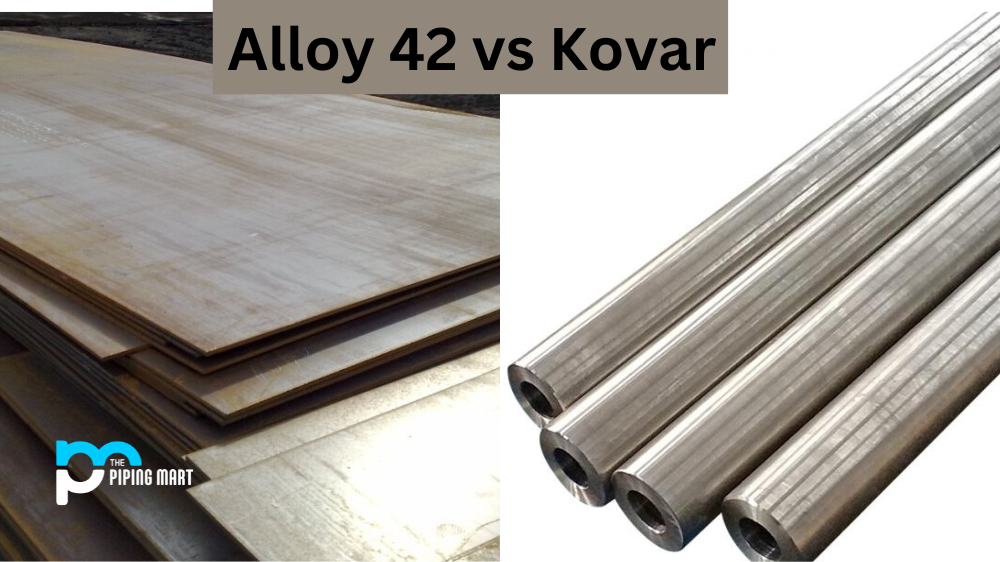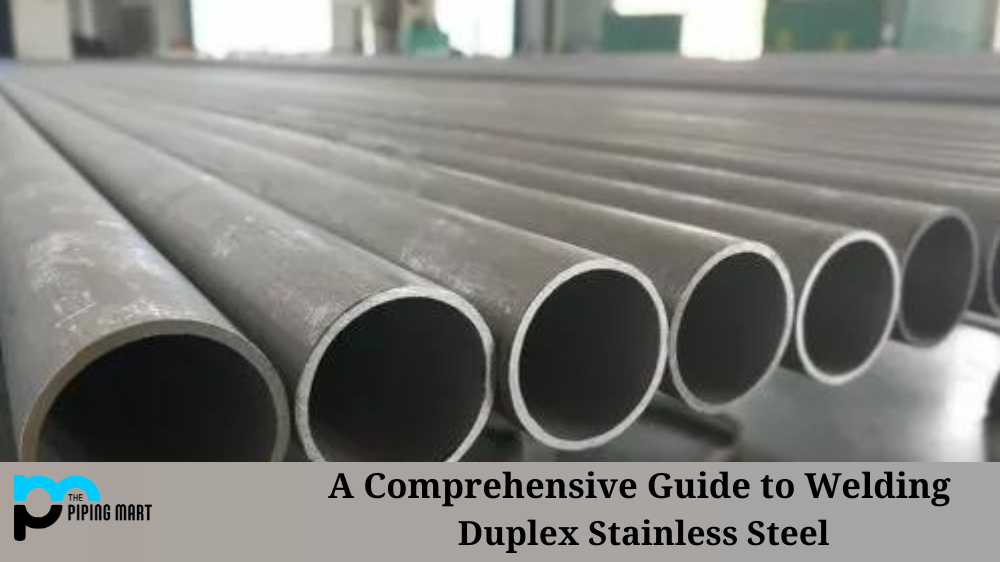When selecting the materials for electronic components, choosing the best performance, quality, and reliability is essential. Two of the most popular materials used for electronic components are Alloy 42 and Kovar. While both may seem similar at first glance, they have different properties, and understanding their differences is key to making an informed decision. In this blog post, we’ll explore the differences between Alloy 42 and Kovar and help you determine which is best suited for your application.
Alloy 42
Alloy 42 is a Nickel-Iron alloy with an increased chromium content for higher corrosion resistance. In addition to its excellent chemical and mechanical properties, this alloy has superior magnetic permeability for applications in electronic equipment, relays, and measurement instruments. The material also exhibits reasonable electrical conductivity and thermal expansion characteristics. It can easily be machined or welded to produce parts with a long service life.
Kovar Metal
Kovar is a nickel-iron alloy of controlled expansion, often used for parts where high dimensional stability is desired in relation to temperature changes. Its thermal expansion coefficient is close to borosilicate glass, making it ideal for use with the mirror in precision-sealed enclosures and hermetic packaging components.
Difference Between Alloy 42 and Kovar
Composition
Alloy 42 is a nickel-iron alloy that contains 41% nickel and 58% iron, along with small amounts of manganese and silicon. It has a low coefficient of thermal expansion (CTE) and is often used in applications where it is necessary to match the thermal expansion of other materials. On the other hand, Kovar is an iron-nickel-cobalt alloy that contains 29% nickel, 17% cobalt, and 54% iron. It is known for its excellent thermal expansion properties and is often used in electronic components that require an airtight seal.
Application
Due to its low CTE, Alloy 42 is often used in electronic components that require tight dimensional tolerances and high stability over a wide temperature range. It is commonly used in ceramic substrates, integrated circuits, and lead frames. On the other hand, Kovar is often used in electronic components that require an airtight seal, such as vacuum tubes, transistors, and microwave tubes. It can also be used in applications where it is necessary to match the thermal expansion of glass or ceramic materials.
Machinability
Alloy 42 and Kovar are highly machinable, making them easy to work with and process. However, Alloy 42 has slightly higher machinability than Kovar due to its lower iron content. This makes it easier to machine into intricate shapes and forms, essential in producing electronic components.
Weldability
Alloy 42 can be welded using various techniques, including resistance and inert gas welding. Kovar, on the other hand, requires a more specialized welding process, such as electron beam or laser welding, due to the presence of cobalt in its composition. This can make it more challenging to work with and allow for greater precision and control during welding.
Price
The cost of Alloy 42 and Kovar can vary depending on the supplier, the quantity purchased, and the specific application requirements. However, Kovar is generally more expensive than Alloy 42 due to its higher nickel and cobalt content. Therefore, for applications that do not require an airtight seal, Alloy 42 may be the more cost-effective option.
Conclusion:
Choosing the right material for electronic components is crucial for ensuring optimal performance and reliability. Understanding the differences between Alloy 42 and Kovar is essential to making an informed decision. While both materials have their unique properties, Alloy 42 is best suited for applications where it is necessary to match the thermal expansion of other materials and where tight dimensional tolerances are required. On the other hand, Kovar is ideal for applications that require an airtight seal and where excellent thermal expansion properties are essential. By carefully considering the requirements of your specific application, you can make an informed decision and select the right material for your needs.

Abhishek is a seasoned blogger and industry expert, sharing his insights and knowledge on various topics. With his research, Abhishek offers valuable insights and tips for professionals and enthusiasts. Follow him for expert advice on the latest trends and developments in the metal industry.




